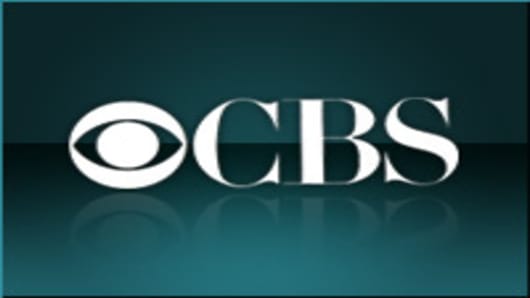Does the NCAA and CBS have to worry that the Federal Trade Commission is going to come after them for false advertising?
I'm joking of course, but what we've had so far certainly doesn't qualify as "March Madness."
Out of the 48 games played in the NCAA Tournament this year, the favorite has won straight up 38 times. And it's pretty balanced in Las Vegas, where the favorites have covered the spread in 25 of 48 games (52 percent).
So the question I have is this: When it's not mad and there's no true Cinderella from a non-BCS conference (Gonzaga doesn't count anymore), do people stop watching?
Last year, CBS saw a significant drop in ratings heading into the Final Four. The explanations included the Easter holiday or the growing online audience, but others suspected it was the lack of a Cinderella story as all four No. 1 seeds advanced to Final Four.
The number for the championship game between Kansas and Memphis wasn't that impressive either, drawing the lowest household audience since 2003, which was an all-time low.
The ideal is to get at least one Cinderella who makes a run. That being said, that school can't get too far because ultimately they don't have the huge fan bases that CBS needs. George Mason, for example, in the Final Four was a little bit much. Elite Eight? Not a problem.
So if you go for the big schools in the big markets, you certainly have it this year.
We have all the traditional teams at play in the Sweet 16 that sufficiently cover the country -- except maybe for a strong contingent in the West (Gonzaga, Arizona). There's Syracuse, Pitt, and Connecticut in the Northeast, Duke and UNC in the South, Louisville, Memphis further west and Missouri, Kansas and Michigan State in the Heartland.
Will this draw the numbers? Or will the lack of names like Siena, Cleveland State, Dayton and Western Kentucky hurt overall interest? We'll have to wait and see.
Check These Out:
Questions? Comments? SportsBiz@cnbc.com



